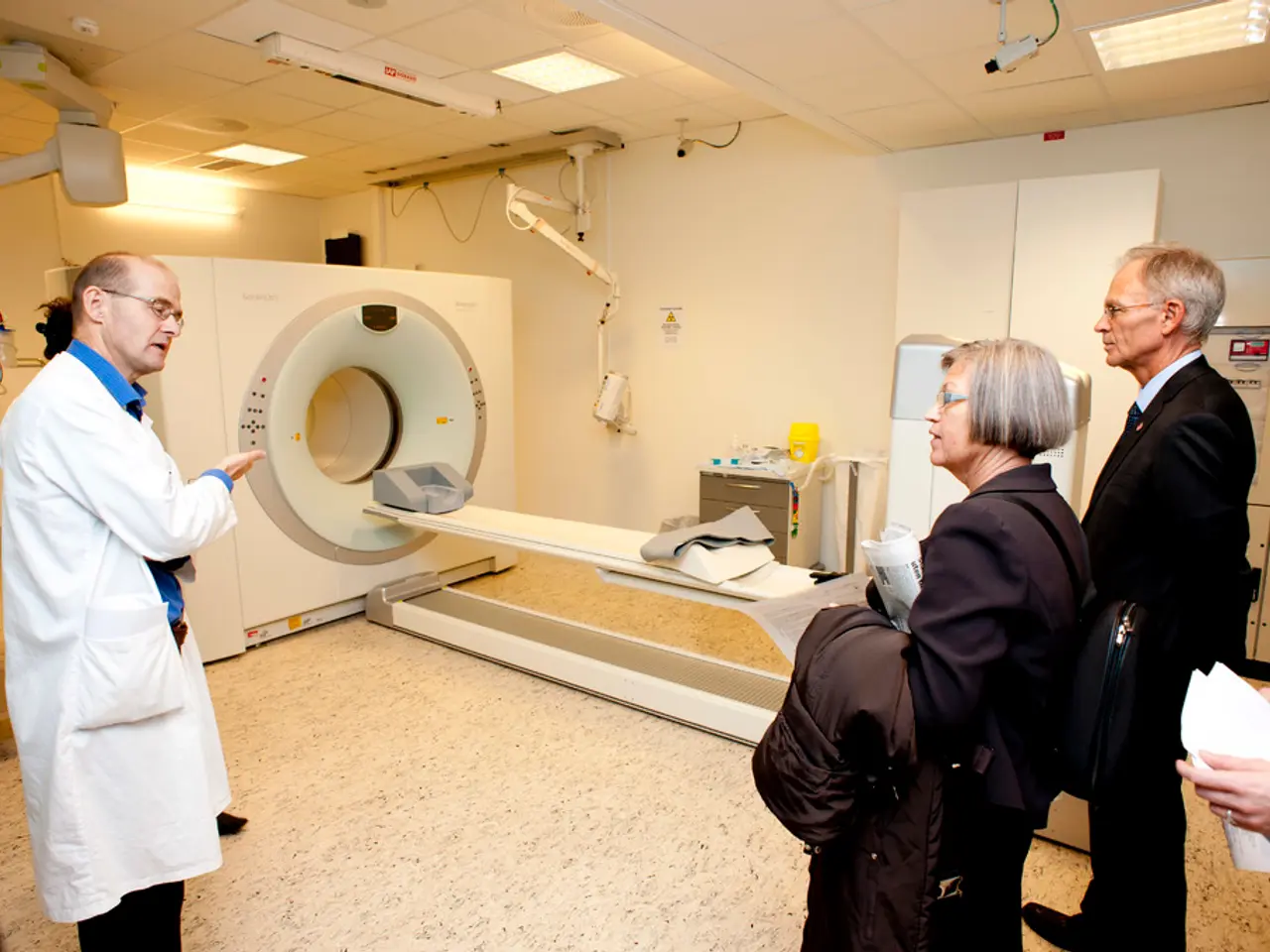CT Scan of the Heart: Procedures, Preparation, Outcomes, and Insights
A heart CT scan is a valuable diagnostic tool used to evaluate coronary artery disease, detect coronary artery calcium (CAC), and assess other heart structures. This painless, quick procedure is essential in risk stratification for patients with suspected or known heart disease.
Indications for a Heart CT Scan
The primary purpose of a heart CT scan is to assess coronary artery disease by detecting calcium buildup and artery narrowing. It also helps in evaluating heart anatomy and blood flow.
Preparing for a Heart CT Scan
Preparation for a heart CT scan involves several steps. Patients are typically required to fast for about 8 hours before the scan, drink only non-caffeinated beverages for 12 hours prior, and switch to only water once fasting begins. It's crucial to inform the healthcare provider about allergies, medications, or existing medical conditions.
Patients are advised to remove jewelry and wear comfortable clothes to change into a gown. In some cases, certain medications may need to be avoided or adjusted as instructed.
Potential Risks and Considerations
While the risks associated with a heart CT scan are minimal, they should be considered. The procedure involves exposure to ionizing radiation, though doses are generally low and balanced with image quality.
Allergic reactions to iodinated contrast dye, which is often used during the scan, are rare, occurring in less than 1% of cases. Symptoms can include hives, itching, nausea, or breathing difficulty.
Recent studies have suggested a potential increased cancer risk with repeated coronary calcium scans. Therefore, repeat scans should be limited and carefully justified.
The Heart CT Scan Process
During the scan, patients may be asked to hold their breath and stay still. If a contrast dye is used, a healthcare professional will inject it into an intravenous line. A healthcare professional attaches electrodes to the patient's chest to take an electrocardiogram.
The CT scanning process typically takes about 10 minutes. The person lies on a table in front of a large machine with a small tunnel in the middle. The images are combined by a computer to create 3D images of the heart.
Interpreting the Results
A radiologist will provide a detailed report to the doctor who ordered the CT scan of the heart. If the scan is for calcium scoring, the radiologist will give a score according to the amount of calcium buildup in a person's coronary arteries.
A score of zero indicates no calcium buildup, which means a low risk of a heart attack within the next 2-5 years. Higher calcium scores indicate an increased risk of a heart attack and better evidence for the presence of coronary artery disease.
Uses of a Heart CT Scan
A heart CT scan can be used to check for congenital heart abnormalities, assess the risk of a heart attack, and analyse the structure of the heart. In some cases, patients may need to take medications that help make any blockages in the heart arteries more visible on the images.
It's important to note that patient-specific considerations such as allergies, kidney function, and radiation exposure history are essential to ensure safety and optimal results. Following the scan, patients can return to their usual daily activities.
In conclusion, a heart CT scan is a valuable diagnostic tool with minimal risks when properly performed and indicated. The procedure is painless, usually quick, and does not require a recovery period. With proper preparation and understanding of potential risks, a heart CT scan can provide valuable insights into a patient's heart health.
A heart CT scan is not only useful in evaluating coronary artery disease and coronary artery calcium buildup, but also in assessing other medical conditions related to health and wellness, such as cardiovascular health and heart anatomy. The results of a heart CT scan can help in making informed decisions about a patient's medical-conditions and heart-and-wellness, providing valuable insights into the risk of a heart attack or the presence of coronary artery disease.




